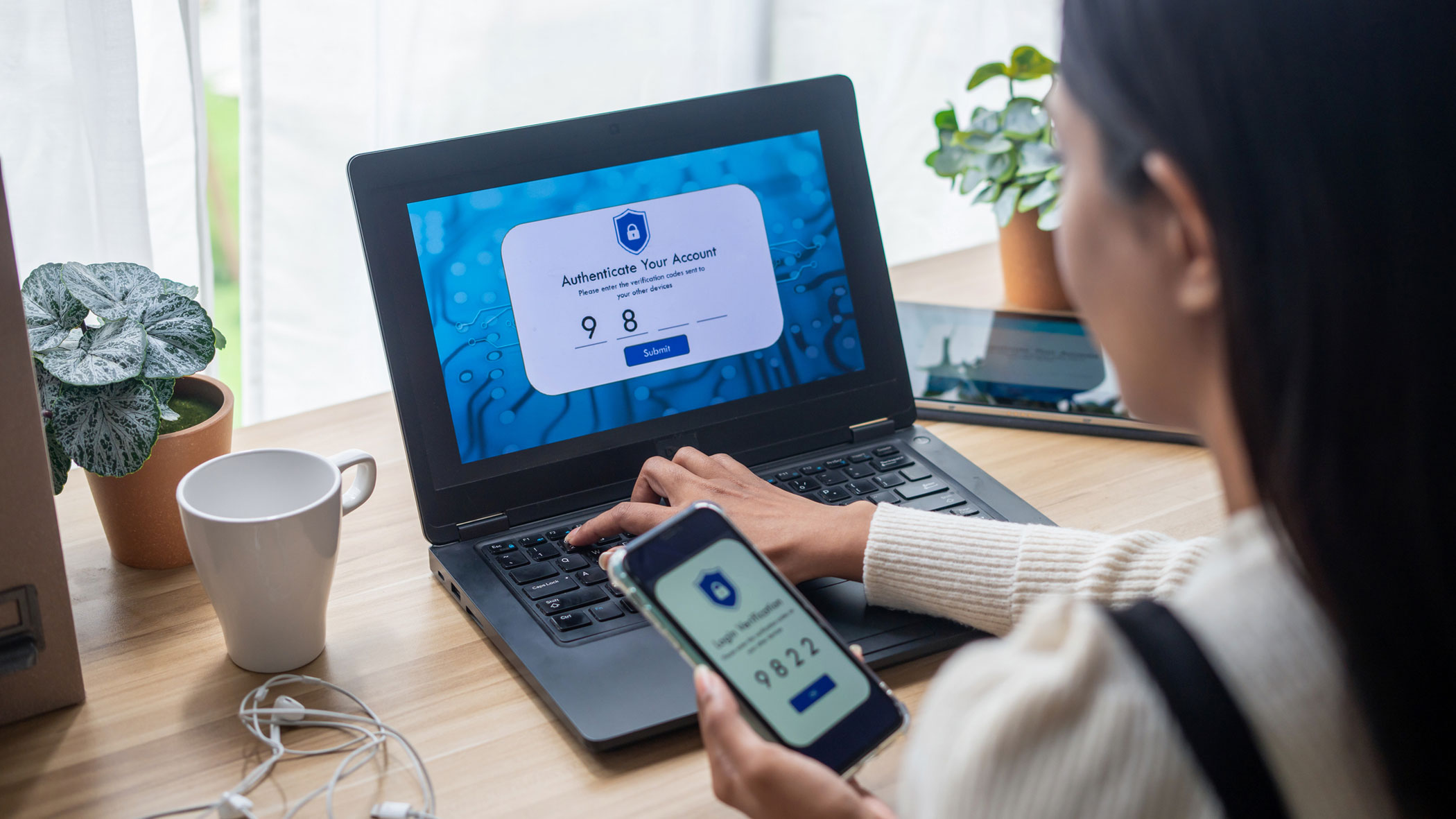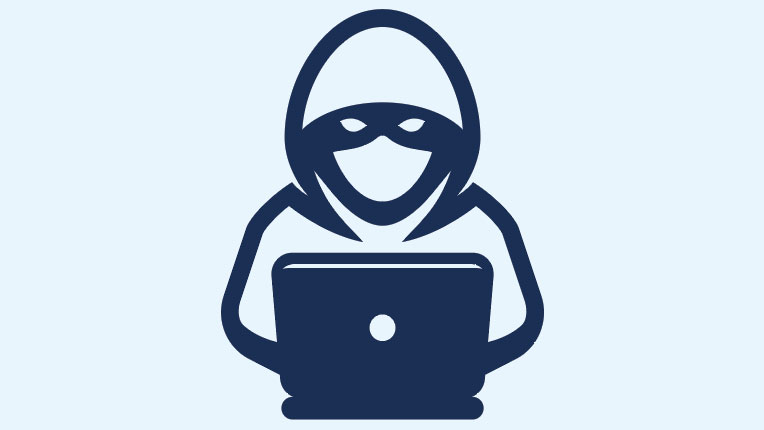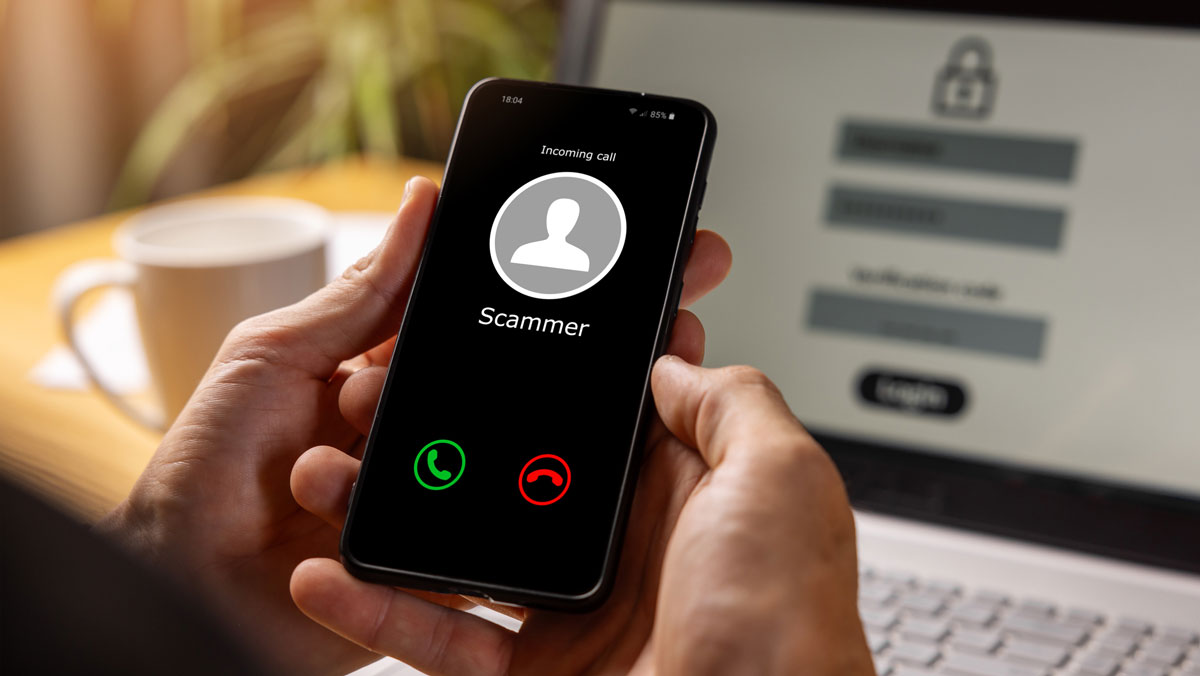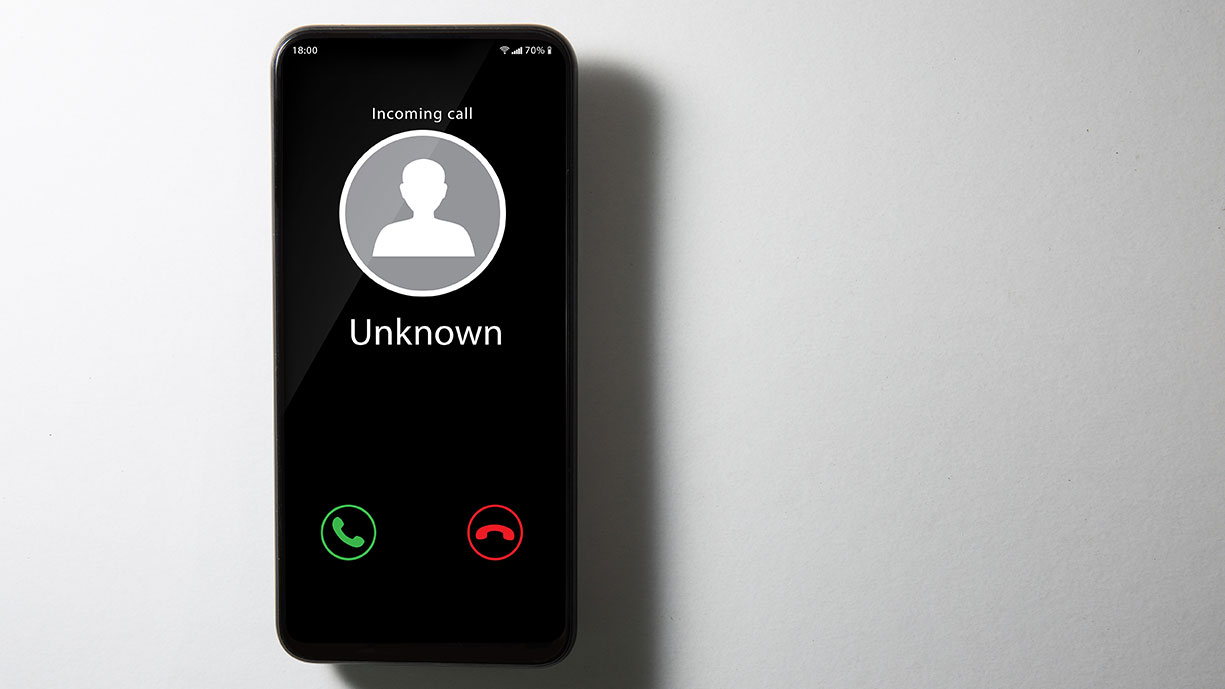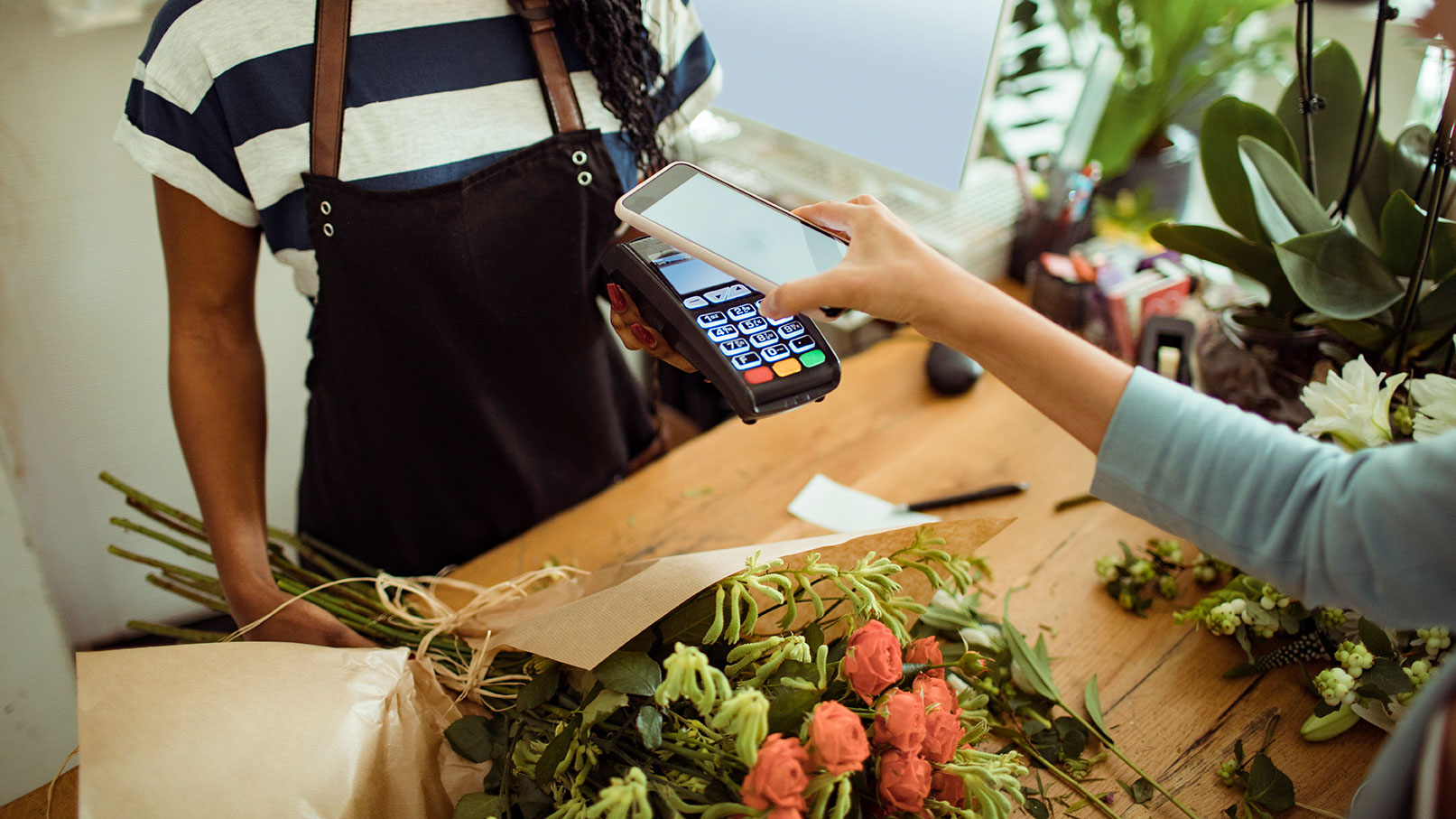
Your passwords are like the keys to your life. And when it seems like there’s another big security breach every week, you want to ensure your passwords are strong, safe, and not reused. After all, with just a few clicks, a scammer can get full access to your personal information, financial accounts, social media pages, and so much more.
Creating those perfect passwords, and remembering them, can be difficult. We’ve put together five steps for creating and keeping super-strong passwords that will keep scammers guessing.
Step 1: Choose a password manager
With so much of our lives accessible online, it’s more important than ever to keep passwords secure. The best way to do this is to use a password manager. These services will generate strong passwords for all of your financial accounts, favorite websites, and social media platforms. You will only need to create and memorize one master password, which you will use when logging into all of your accounts.
You can even take it a step further and enable your fingerprint or face recognition (AKA biometrics) whenever available, which mostly lets you skip having to type in your password altogether. You can enable your devices fingerprint or facial recognition to log into the MSGCU Mobile app. Navigate to Setting and Biometrics to turn on this setting.
Google Password Manager is popular with Android users, and Apple’s password manager app, Passwords, is the go-to for iPhone users. Both options are free.
Step 2: Create an unbreakable master password
Once you’ve picked your password manager, create a strong master password. This code can open up every password of yours to potential scammers, so be extra careful about choosing one that is super-secure and virtually unbreakable.
Scammers are becoming increasingly more efficient at password cracking. They use multiple dictionaries which include English words, names, foreign words, phonetic patterns and more. They look for dates, commonly used substitutions, like “$” for “s,” “@” for “a,” and they try various capitalizations.
Follow the rules below for a strong password.
PASSWORD DOS:
- Make it long. Aim for more than the password character minimum. Usually more than 12 characters and use 2-3 unrelated words to achieve that length.
- Be creative. Pull out a dictionary and find 2-3 unrelated, random words.
- Mix it up. Use a combination of uppercase and lowercase letters, numbers and special characters (ex: @, #, $).
While it used to be that phrase-based passwords like iLikeRedCars!3 were the recommendation, times are a changing. Now, that’s NOT considered a strong password. Instead, an example like Rain&Zebra8Violet is now considered strong. (We feel like we have to say this: do not use these examples as your password - they are public and not secure).
PASSWORD DON'TS:
- Don’t use names, birthdays, common words, or dates in your passwords.
- Avoid predictability. Substituting characters in common words can easily be cracked (ex: W3lc0me! Or M!ch!g@n123 are not secure passwords).
- Never reuse passwords. Using the same password everywhere makes it easier for hackers to gain access to all of your accounts, compromising your information and security.
- Never use any variation of these commonly used and commonly hacked passwords:
- 123456123456789
- Password123
- Passwordadmin
- 12345678qwerty
- 1234567111111
- 1231231234567890000000
- Abc1231234
- iloveyouaaaaaa
Once you’ve created a super-strong password, memorize it. Criminals will easily find a post-it under your keyboard or in the back of your planner, so do not write down your password or share it with anyone.
Step 3: Update all your passwords
Next, review your passwords and update as needed to make sure they’re strong. You’ll want to sync all the websites and accounts you use with your password manager. Follow the guidelines on your password manager for this step, as they differ with each service.
Step 4: Use multifactor authentication
Add another layer of protection by enabling multifactor authentication (MFA) whenever you have that option. We cover MFA in depth here.
Step 5: Be careful with security questions
Ironically, security questions are extremely insecure. Anyone can Google your dog’s name or your mother’s hometown. Answering security questions is one of those examples where it’s okay, and even recommended, to lie. Instead, make up or use nonsensical answers that are hard to crack but easy for you to remember.
Follow these five steps and you can help protect yourself from account hackers!
Category: Security
« Return to "Blog"









